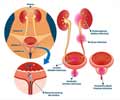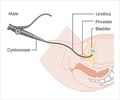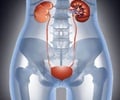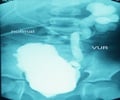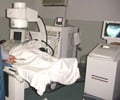Urinary tract infections (UTIs) are one of the leading causes for ED visits among older adults.
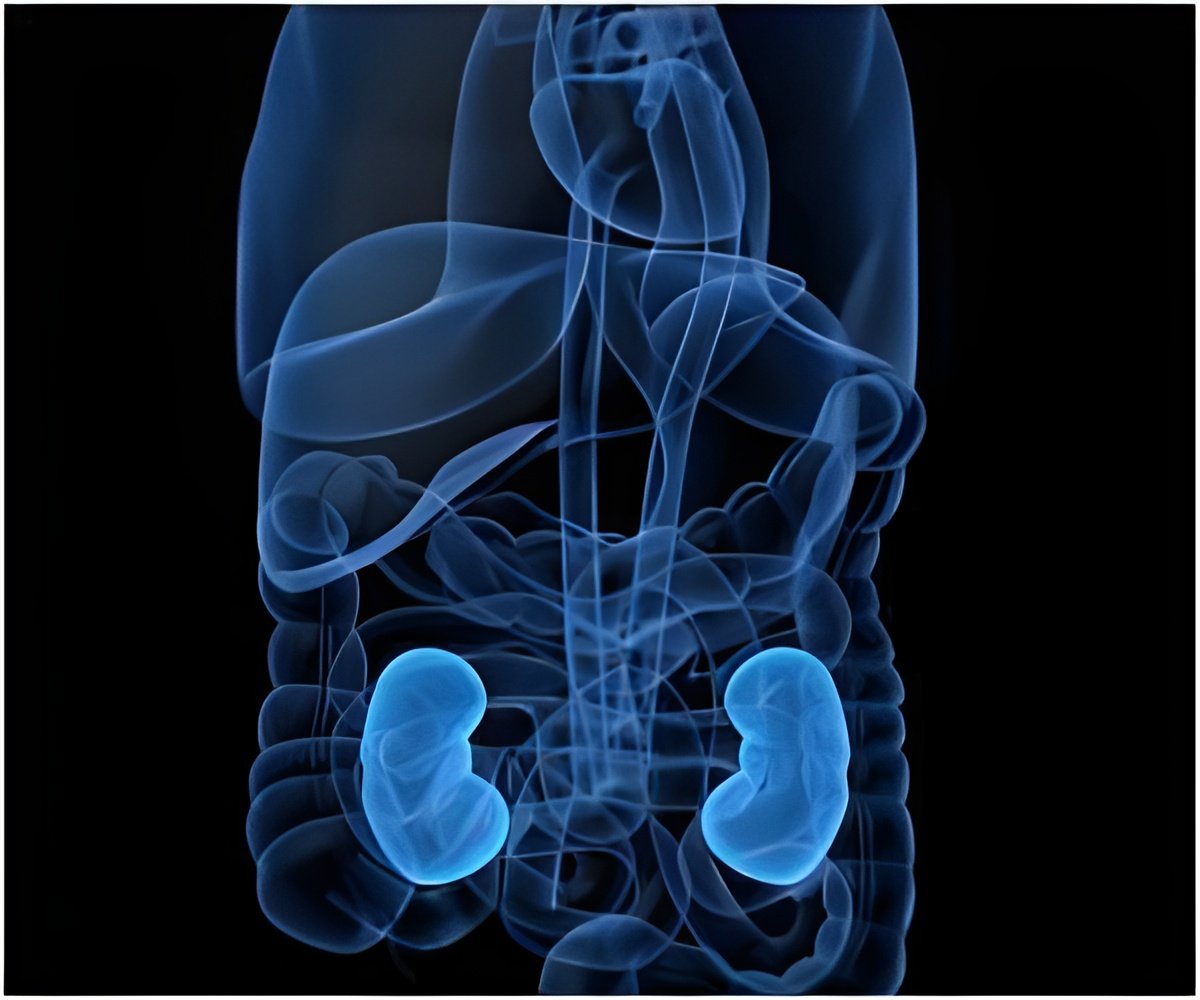
The study, conducted by Leonard Mermel, D.O., medical director of the department of epidemiology and infection control at Rhode Island Hospital, and his colleagues found that collection of urine to rule in, or rule out, a UTI in this patient population is best done by inserting a temporary catheter into the bladder to collect the specimen rather than collecting urine by the so-called 'clean catch' method. Researchers found the latter method more often leads to contamination of the urine specimen.
"Our study had two important findings: elderly women presenting to emergency departments are often presumed to have a UTI and are treated as such, despite a lack of supportive evidence, and that collecting urine by the so-called 'clean catch' method more often leads to contamination of the urine specimen," Mermel said.
Often, a clinician in an emergency department will base a UTI diagnosis in great part on the patient's symptoms, particularly in older women for whom UTIs are common. While the patient will have completed a urinalysis, often by clean catch, the results are typically not available during the patient's visit to the emergency department. Therefore, the clinician will often prescribe antibiotics to treat the UTI, despite the fact that a diagnosis is not definitive.
The researchers studied the medical records of 153 older women who were diagnosed with a UTI during a visit to an emergency department. They found that only 57 percent of the 153 women who were given a diagnosis of a UTI actually had urine cultures that confirmed the diagnosis. Of the remaining patients whose urine studies did not confirm a UTI, 95 percent were administered or prescribed antibiotics in the ED. Inappropriate antibiotic use in the ED setting for presumed UTIs has been associated with antimicrobial resistance and undesired side-effects as antibiotics are the second leading class of drugs to cause adverse events, such as diarrhea due to Clostridium difficile (C-diff), in patients over age 65.
"Ultimately, we found that a large proportion of older women were overdiagnosed and overtreated for UTI," Mermel said. "Physicians assessing such patients cannot rely on non-specific symptoms such as confusion to confirm a diagnosis of UTI. More widespread use of straight catheterization in this patient population may reduce false-positive results of urine studies, thereby reducing unnecessary antibiotic exposure and may prompt clinicians to assess these patients for other etiologies to explain their symptoms."
Advertisement
Source-Eurekalert

